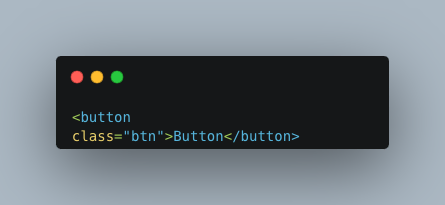Exploring Daisy UI: The Future of Web Development
Navigating through the world of Tailwind CSS 🌐
Tailwind CSS, is an esteemed utility-first CSS framework. It emphasizes mainly on creating a modular code structure; it aims to mitigate the challenges associated with maintaining complex CSS styling codebases by adhering to Atomic CSS principles: Tailwind offers an effective long-term code management.
However, its utility classes approach can sometimes result in very dense HTML templates, a trait that can be daunting for some developers. The extensive utility classes could be overwhelming, creating a potential learning curve.
Example:
making a button using only utility classes looks somethings like this

Styling Modern Web Applications: A Balancing Act 🏗️
Styling contemporary web applications requires a careful balance between visual appeal and functionality. A compelling, user-friendly design contributes significantly to enhance the user experience and to ensure a responsive design.
Understanding Atomic CSS and Utility Classes 🔍
Atomic CSS involves breaking down styles into atomic, or indivisible, parts. Utility classes, on the other hand, provide reusable styles that can be applied to any element, fostering code modularity and reusability.
Top Contenders: Comparing Component Libraries 🏆
When it comes to comprehensive component libraries, Ant Design and Material UI take the lead. They provide robust support for established frameworks like Angular, Vue, and React, making them the preferred choice for many developers.
Embracing Daisy UI in Modern Web Development 🌼
Built on top of Tailwind CSS, Daisy UI is a component library that brings together the benefits of Tailwind CSS while addressing its complexities. A notable advantage of Daisy UI is its framework-agnostic nature, which means it can seamlessly operate with any type of framework.
With Daisy UI button component is as simple as

Daisy UI provides an expansive component library, accommodating a wide range of UI elements from basic structures to complex designs. Its extensive customization options empower developers to mold UI elements to meet their specific project requirements.
In conclusion, despite being a relative newcomer, Daisy UI offers promising features for web development. Its framework-agnostic approach, rich component library, and high customization options make it the tool of choice, for me personally. The advantages of Daisy UI significantly outweigh its complexities, marking it as a compelling option in the web development landscape.